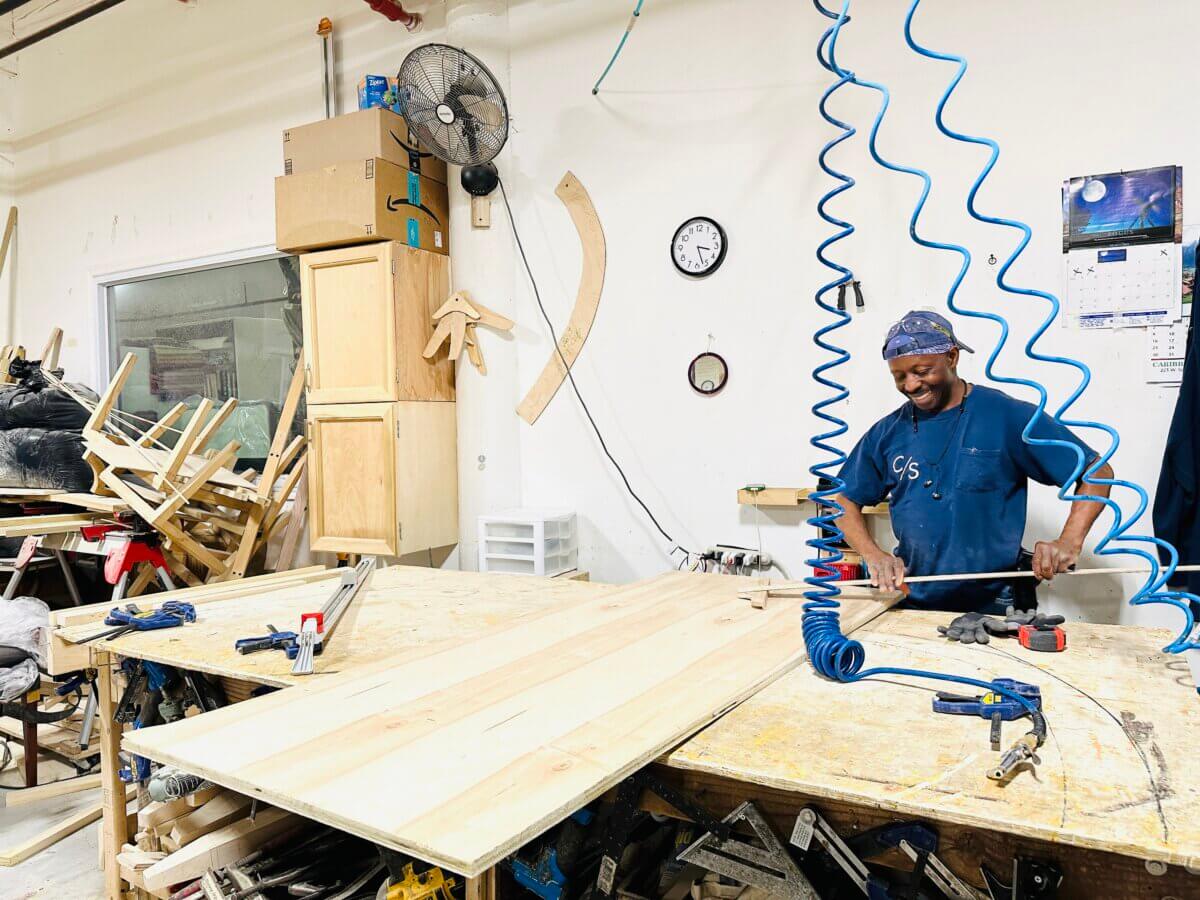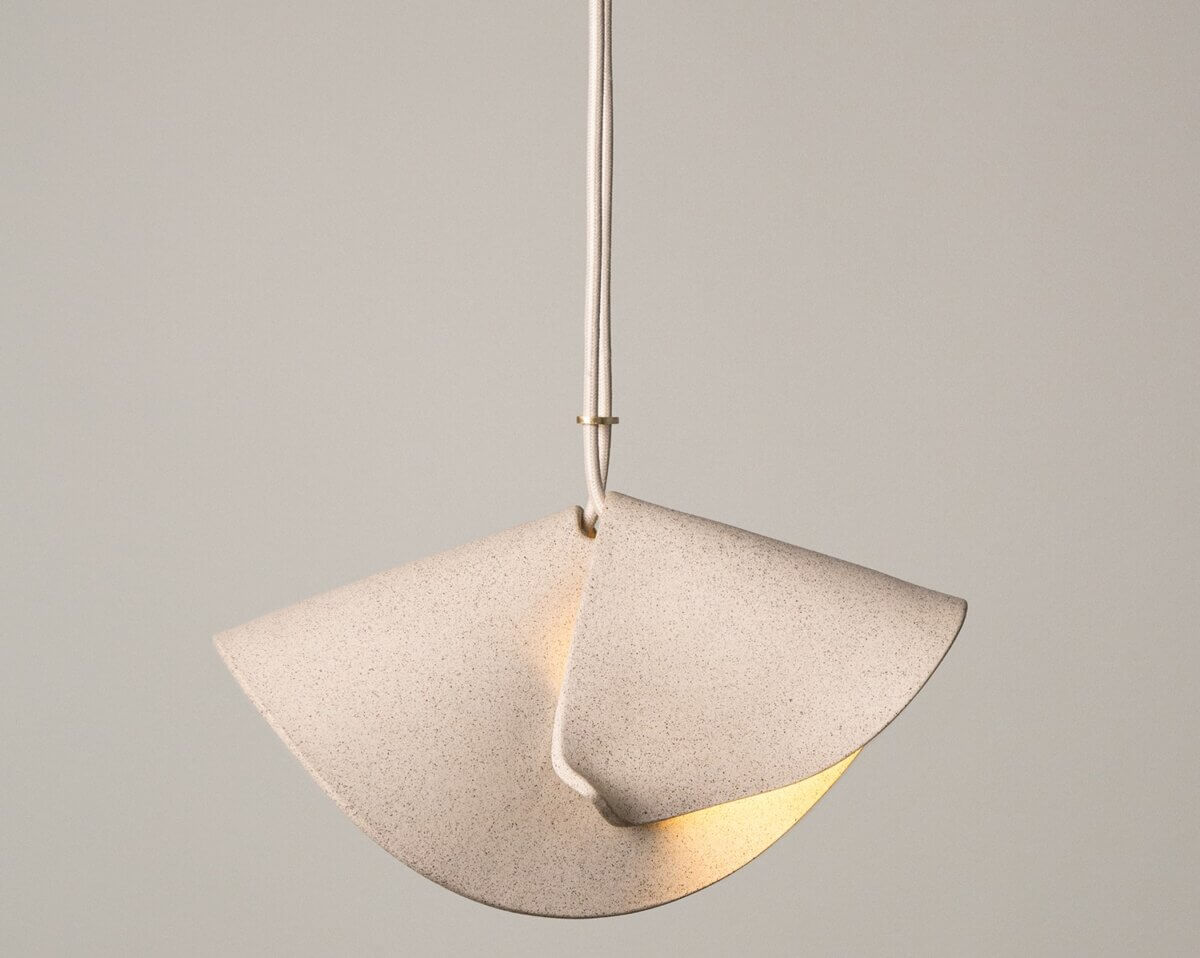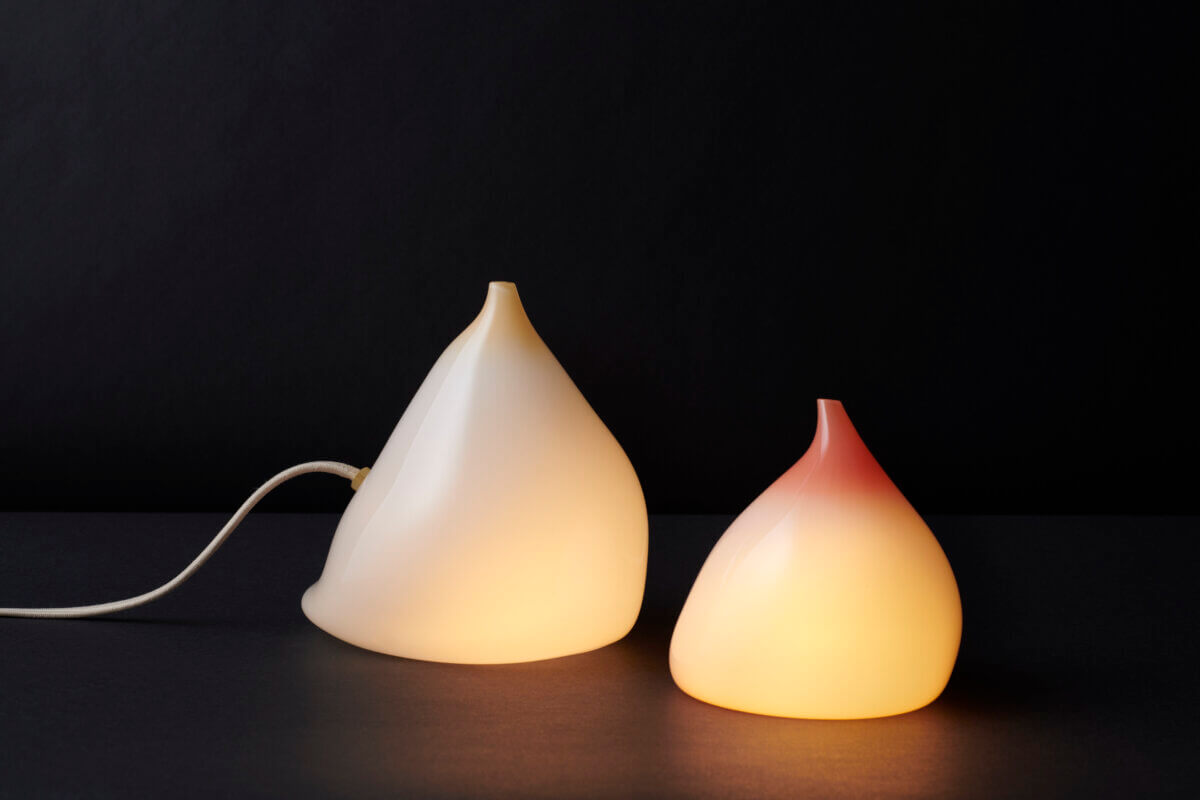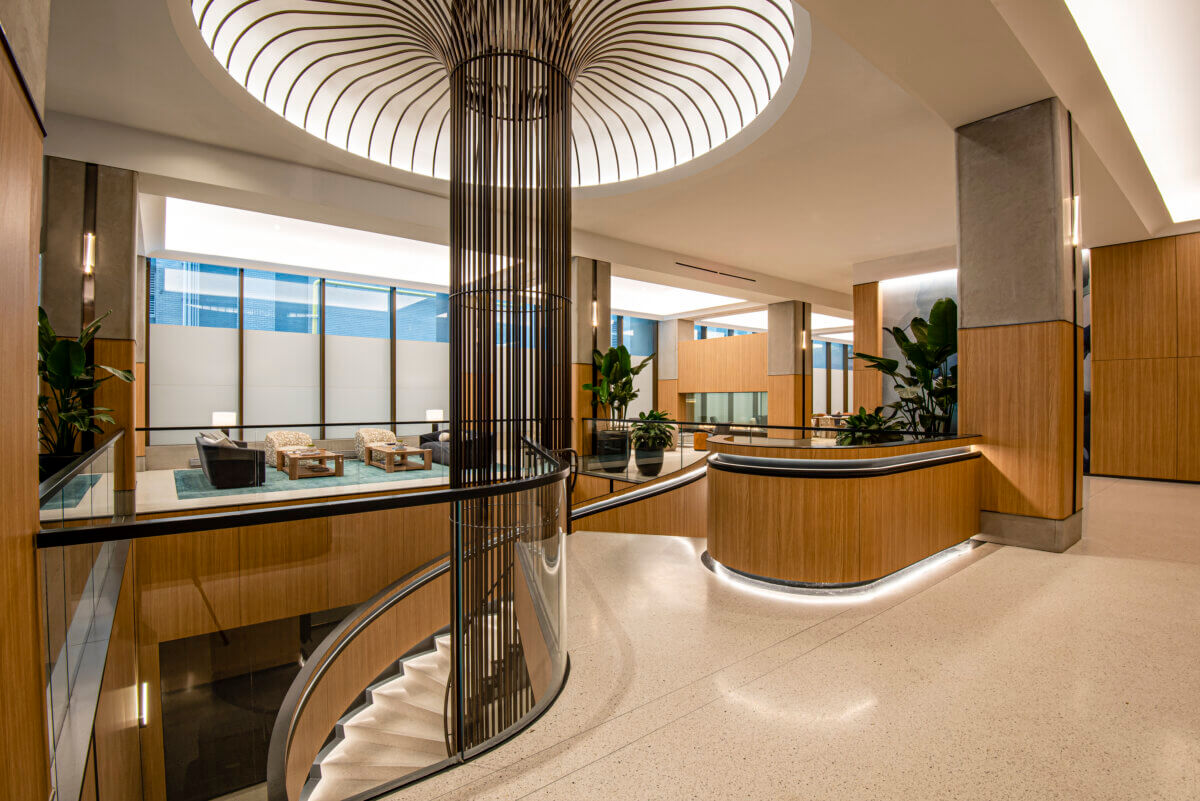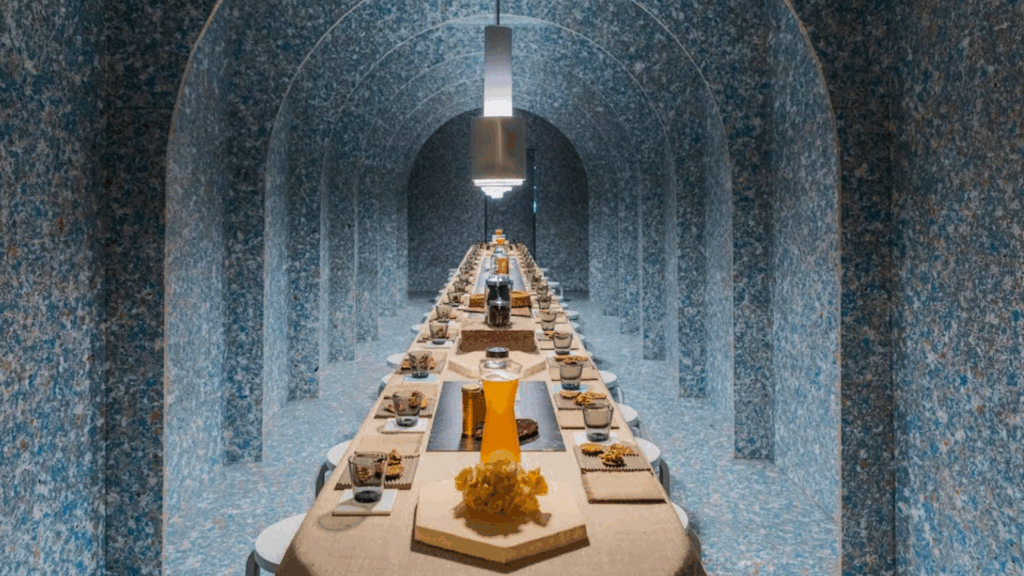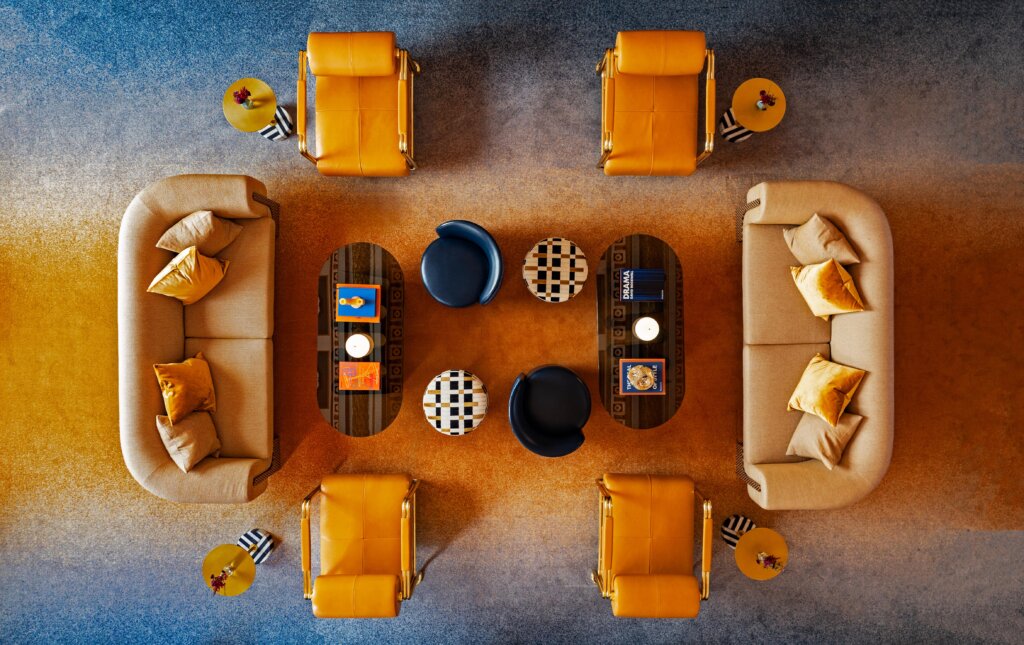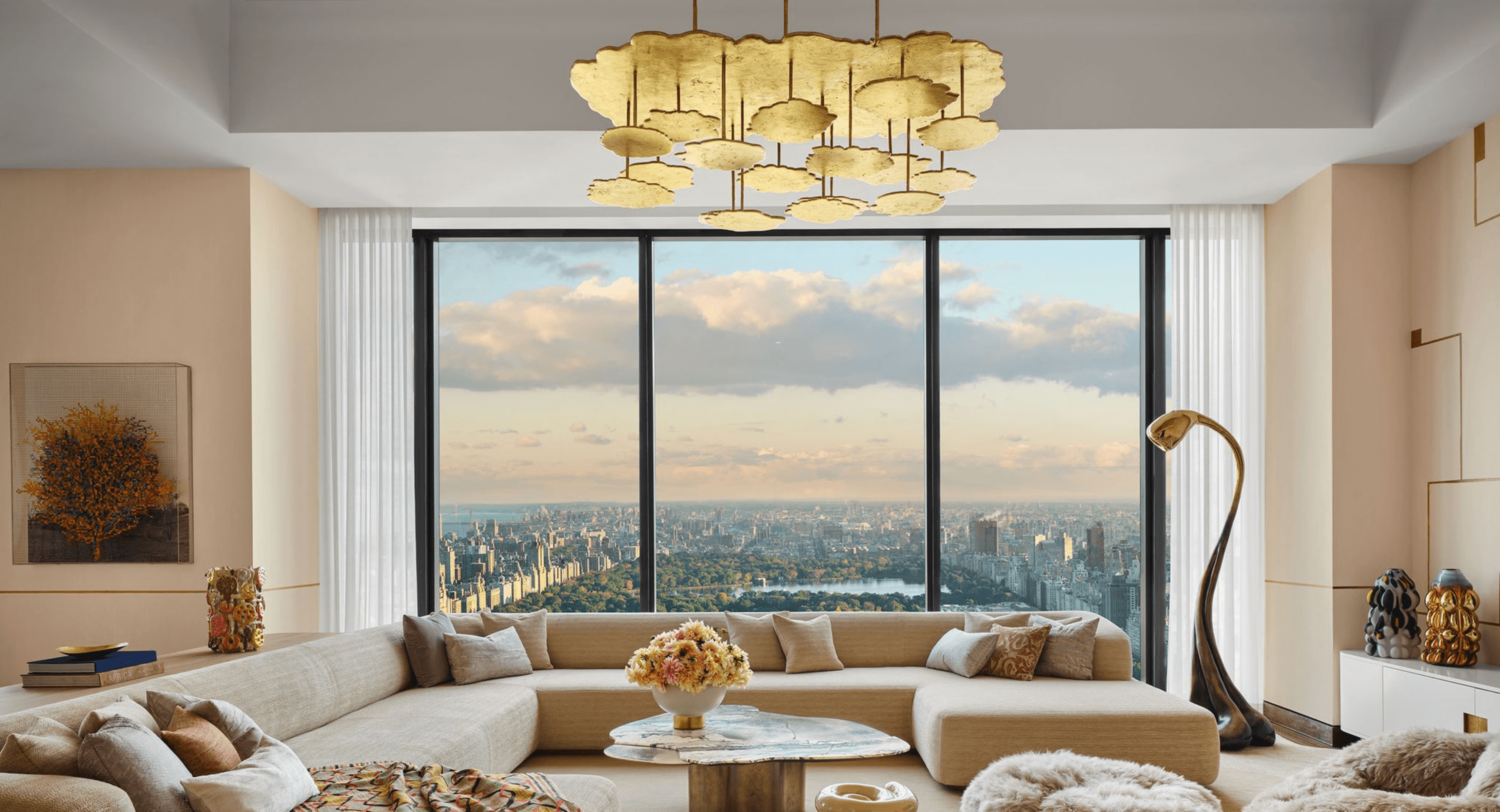
New York is not only an increasingly expensive place to live but also work, especially for creatives. Long gone are the days of a metropolis in economic decline where sprawling live/work loft spaces in SoHo could be had for dirt cheap. They now sell in the tens of millions. For design brands and fabricators that maintain a presence across the five boroughs, it comes down to finding good deals and clever work-arounds, particularly when space is limited and pricey. For four ICFF 2025 exhibitors, the solutions for staying here—holding true to this city as a thriving bastion of creative activity and fruitful returns—are as varied as the products they produce. Furniture company Classic Sofa’s owner and lead designers Blake Anding, homewares brand SIN founder Virginia Sin, Brooklyn Millwork’s Bogdan Tselnik and independent glass talent Michiko Sakano—all shrewd entrepreneurs in their own right—get candid on what it takes. They’ve shared their thoughts on what the challenges—and advantages—are of operating in New York.
Describe what your company does and how that has evolved over time.
Virginia Sin: SIN is a Brooklyn-based home goods company rooted in ceramics. We started with tabletop accessories and over time, evolved into a full collection of functional homewares—from lighting to tabletop to hardware—designed to bring warmth, delight, and timeless utility to everyday life. While ceramics remain at the core of what we do, we’ve recently expanded into new materials like glass, allowing us to explore new forms and uses while staying true to our design language and values.
Blake Anding: Classic Sofa designs and manufactures bespoke furniture that is not only meticulously tailored to the space it occupies but also ergonomically designed to meet the individual needs of each client. Throughout the 1990s and early 2000s, Classic Sofa operated in a semi-custom space, allowing clients to design sofas to the exact inch and select unique fabrics. However, in 2012, under new ownership, we elevated the brand by bringing in New York City’s top craftspeople, ensuring that we produce only the finest upholstered goods.
Over the years, our design team has also evolved. We now collaborate closely with leading interior designers and architects to fully understand their project goals and deliver tailored solutions that guarantee client satisfaction. Our capabilities extend from on-site template designs to muslin fittings prior to upholstery, allowing us to bring any design to life at any dimension delivered within a standard lead time of just 3-5 weeks.
Michiko Sakano: I’m a glass maker. I have been hand crafting art works, lamps, and wares for artists and designers as a fabricator for a few decades now. The experience and my commitment to my favorite material, glass, has evolved in that time. During the COVID-19 pandemic, I started making my own works since it was an opportunity to experiment and play around with new ideas on my own. Now, this is an essential part of my practice.
Bodgan Tselnik: Our journey began with traditional furniture making, but over time, we recognized that people seek more than just interior pieces; they want designs that tell a story and reflect their individuality. As mass production flooded the market with standardized, disposable furniture, we chose a different path – one that values craftsmanship, attention to detail, and the enduring quality of handmade work. Today, we take pride in crafting intricate architectural details, custom cabinetry, and expanding the new direction of working with one-of-a-kind installations that redefine luxury interiors.
Why is it important to be situated in New York City?
Michiko Sakano: Well before becoming a glass maker, I chose to move here. I love New York City. I think it’s important to know where you’re comfortable and feel you belong. The city inspires me. It motivates me to be a maker.
Virginia Sin: Brooklyn is baked into our DNA. I started SIN in 2007 as a side hustle and passion project—working nights and weekends while holding down a full-time day job. I used to take PTO just to attend trade shows. From shared studios to our own production space, every step of our growth has been shaped by this city. There’s an energy here that fuels creativity, discipline, and resilience. Being in Brooklyn keeps us grounded in our roots while placing us at the center of a vibrant design community, surrounded by some of the most inspiring creative talent. It also allows us to stay hands-on with production, respond quickly to custom work and collaborations, and uphold a level of quality and care that’s hard to maintain when you outsource.
Blake Anding: Client involvement, quality control, and lead time are all important factors. Being centrally located in New York City gives our clients easy access to visit the factory and witness their pieces in production. For complex designs, we take extra care to ensure that each piece is not only a perfect fit for its intended space but also meets the client’s preferred comfort level. Manufacturing in the South Bronx allows us to quickly transport frames to the tri-state area for fittings, and with our factory just three blocks from the 6 line and on-site parking available, designers and clients alike enjoy seamless access.
The Bronx itself is a vibrant hub of artistic creativity, home to artisans from diverse design backgrounds. We’re proud to be an integral part of the Port Morris community, where we collaborate with custom metal shops, stone masons, and refinishers whose expertise allows us to offer virtually unlimited design possibilities.
Bodgan Tselnik: Being based in New York City is essential to our identity. Our company was born in Brooklyn, and this city’s energy, history, and ever-evolving design landscape shape who we are. Every trend, architectural shift, and innovation influences our work directly. With such a long-standing history and proximity to groundbreaking ideas, we can’t imagine ourselves anywhere else from today’s perspective. New York challenges us to push boundaries, collaborate with top architects and designers, and stay at the forefront of bespoke millwork. It’s more than just a location – it’s an inspiration that drives us forward.
What are the challenges of operating here, in terms of meeting demand, limited space and high rents?
Blake Anding: We’ve cultivated a joyful and inspiring workplace where art thrives, and our master cutters, upholsterers, and seamstresses work in harmony. When you hear laughter coming from the cutting room and see smiles as people work, you know the environment is just right for producing exceptional craftsmanship. By fostering a safe and creatively fulfilling space, we not only empower our team but also attract talented artisans eager to join us, allowing us to scale our workforce as needed.
As New York City’s demographics shifted over the years, rent prices also increased significantly. We once operated a manufacturing facility and showroom in the heart of the Flatiron District at 22nd and Fifth Avenue, but as that area became too costly for large-scale manufacturing, we relocated to the South Bronx. This move allows us to manage overhead effectively and remain competitive in today’s market.
In response to growing demand, we expanded in 2024, opening two new locations — one in West Palm Beach to serve the South Florida community and another in Nantucket, providing the island community with convenient access to on-island reupholstery services and custom furniture delivered within 4-5 weeks.
Michiko Sakano: I think logistics is a challenge for me. It is getting harder and harder to do anything here in the city. I would love to have bigger studio space too.
Virginia Sin: It’s no secret that New York is expensive. Rent is high, square footage is limited, and there’s constant pressure to do more with less. Producing locally—especially in ceramics—adds another layer of complexity. We need kilns, which not only come with high electricity bills but also require upgraded amperage and infrastructure investments just to make a space workable. On top of that, we need a water line, freight elevator access, and enough room to actually move and work—within an “affordable” manufacturing rate per square foot. Finding a space that checks all those boxes is harder than it sounds. Don’t get me started! And that’s before factoring in natural light, a safe environment, and a location our team can commute to daily (ideally not in a food desert). In a city where space and time are premium resources, every square inch and every minute truly counts.
Bodgan Tselnik: Operating in NYC comes with challenges, from high demand and tight deadlines to limited space and rising operational costs. The speed at which projects move here means we must be highly efficient while maintaining our commitment to quality.
To overcome these challenges, we’ve implemented smart space management strategies, leveraging advanced 3D CAD/CAM technology to optimize production before fabrication begins. Additionally, we’ve developed strong relationships with suppliers and logistics partners to ensure seamless material sourcing and timely project execution. Investing in digital workflows and precision machinery allows us to maximize efficiency without compromising craftsmanship.
What work-around strategies have you implemented to help mitigate these challenges?
Virginia Sin: We’ve gotten really scrappy and strategic over the years. We’ve learned to forecast smarter and produce in a lean, intentional way. Honestly, it’s just another way we get to channel our creativity—problem-solving through limitations and finding unexpected solutions. We also invest in our team—training from within and building roles that grow with the business—so we’re not just surviving these challenges but finding ways to thrive in spite of them.
Blake Anding: Across the board costs are always rising, whether it’s lumber, down feathers, or rent—but so is our capacity to produce the best upholstery. No matter where you are in the country, the cost of doing business is always increasing. My philosophy is to pursue continuous learning to constantly refine our craft, enhance our designs, and expand our ability to manufacture even the most complex forms.
Our commitment to this philosophy is strengthened through new partnerships with respected firms in the design community, allowing our team to continue doing what we love — designing and building the pinnacle of upholstered products.
Michiko Sakano: I have gotten many helpers to make things work. I try not to do everything by myself. It’s impossible. I also try to not take things too seriously. Things usually work out if you’re doing the best you can. If it doesn’t work out the way I was hoping, it’s still going to be alright.
Bodgan Tselnik: Despite these hurdles, NYC continues to be the perfect place for Brooklyn Millwork to thrive. We embrace the challenges because they push us to stay ahead in an industry that demands both creativity and precision.
Brands featured in this article:
Brooklyn Millwork – brooklynmillwork.com – @brooklyn_millwork
Classic Sofa – classicsofa.com – @classicsofa
Michiko Sakano – michikosakanostudio.com – @michikosakanostudio
SIN – virginiasin.com – @virginiasin_
To see these brands and many more, be sure to register for ICFF 2025, May 18-20. Register here >>>

